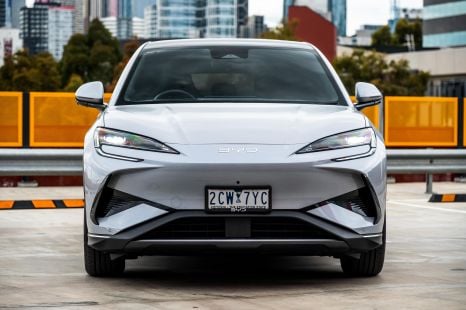

James Wong
2026 BYD Sealion 7 review
5 Hours Ago
The Ford Bronco is a rugged off-roader that offers a great canvas for aftermarket modifications. So why isn't it sold in Australia?

Contributor
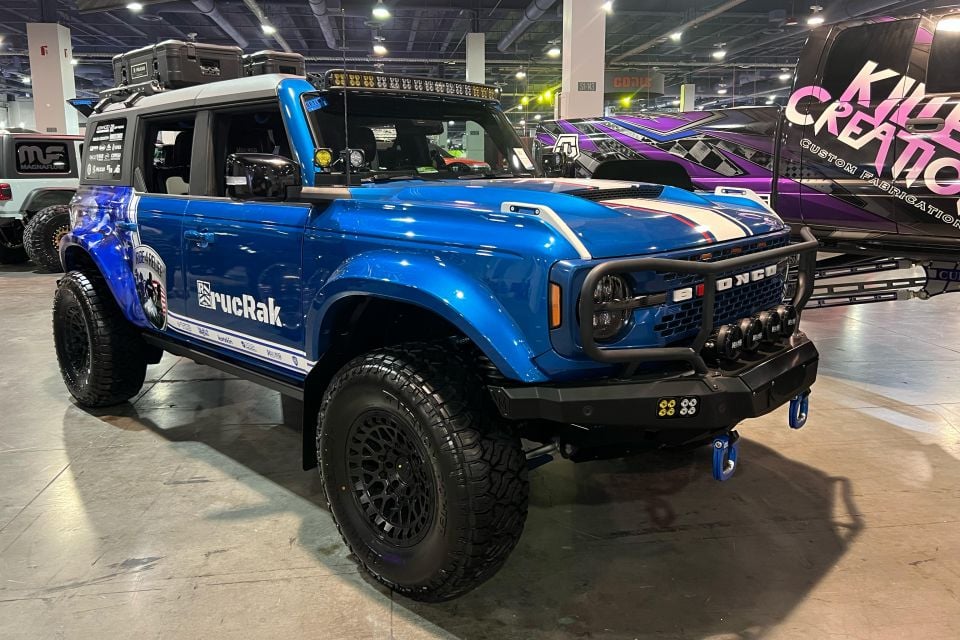

Contributor
This year’s SEMA Show featured a cavalcade of modified Ford Broncos showing just how customisable the rugged off-roader is, and making us even more frustrated it’s not coming here.
The SEMA (Speciality Equipment Market Association) Show is America’s premier automotive trade show, held every year in Las Vegas, Nevada.
It’s an industry-focussed event designed to provide exhibitors with more business and brand awareness while offering a platform to launch new products and network with a diversity of local and international automotive professionals.
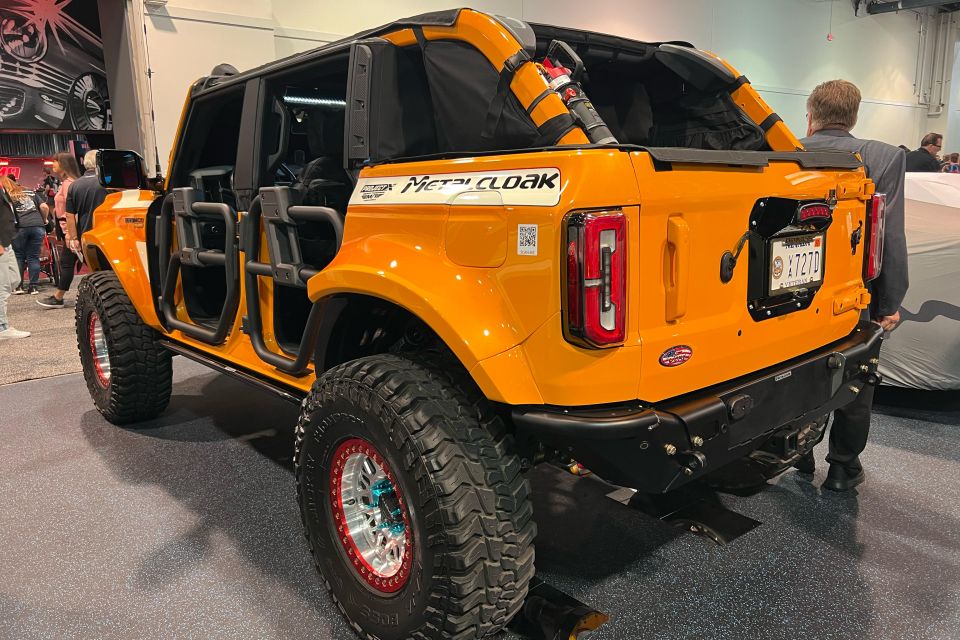
While the event covers the full spectrum of automotive genres, it does have a strong off road component and is typically a festival of full size trucks and Jeeps. But this year, the event was overrun by the popular and adaptable Ford Bronco.
Arguably on show in greater numbers than Jeep, the Ford Bronco has been clearly adopted as a functional platform for the US market and the aftermarket manufacturers who have invested heavily in creating a massive amount of accessories and upgrades for it.
In every hall and in all manner of accessory categories, modified Ford Broncos were proudly on display. Whether it was car audio, window tinting, bull bars or performance wheels, the Ford Bronco was clearly the flavour of the year. Which in turn raises two questions from my side as an international journalist: why is it so popular and why don’t we get it in Australia?

Its popularity seems to stem from the fact that its appearance heralds back to the iconic looks of the early Broncos, International Scouts and even Chevy Blazers but as the story goes, back in the 60s, some of the design engineers from International Harvester were poached across to Ford and the 1966 Bronco was born!
So, whether it is inspired by the original Scout or early Bronco, the current Bronco still holds the shape and lines of that era and the appeal its modern incarnation presents with is clearly obvious.
So what about its availability in Australia? Ford says the vehicle will remain as left-hand drive (LHD), making it not suitable for our local market but there is more to it than that.

Strong sales of the Ford Ranger could be impacted by a direct competitor (even from the same manufacturer) and Ford is likely reluctant to spend the time and money required to create another vehicle for a market they are already doing exceptionally well in, without having to re- or over-invest.
Rumours abound the current Bronco is just a re-shelled Ford Ranger, much as the Toyota FJ Cruiser was a Prado underneath. There may well be some truth to that, but in any case it’s not enough to inspire Ford to tamper with its Ranger market down under.
Andy Brown, owner of ARB, provided further evidence by saying the Ford Bronco had presented with sufficient mechanical changes and variations to require its own dedicated Old Man Emu suspension solution with no components from the Ford Ranger kit applicable.
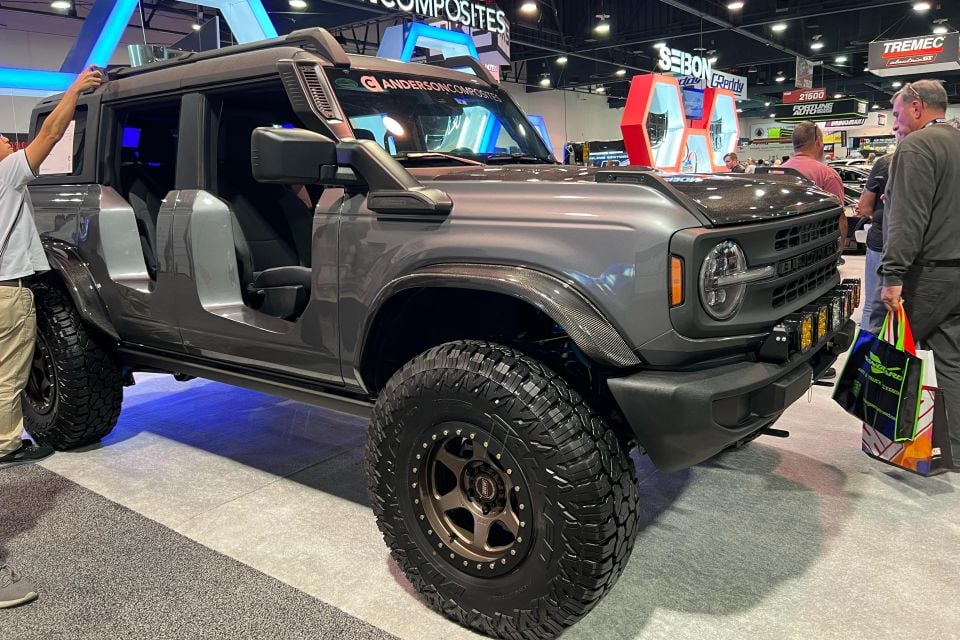
Therefore, while it is does share some very basic platform similarities, it is different enough to be of its own existence.
Ford has previously stated that it doesn’t make financial sense to offer the Bronco in a RHD factory option, even for popular 4WD enthusiast markets like Australia.
Plus, while the Bronco is based on the same Aussie-developed T6 platform that also underpins the Aussie Ranger and Everest, which was partly developed in Australia, it is only built in LHD in North America and China, with no prospect of a factory RHD production model in the foreseeable future.
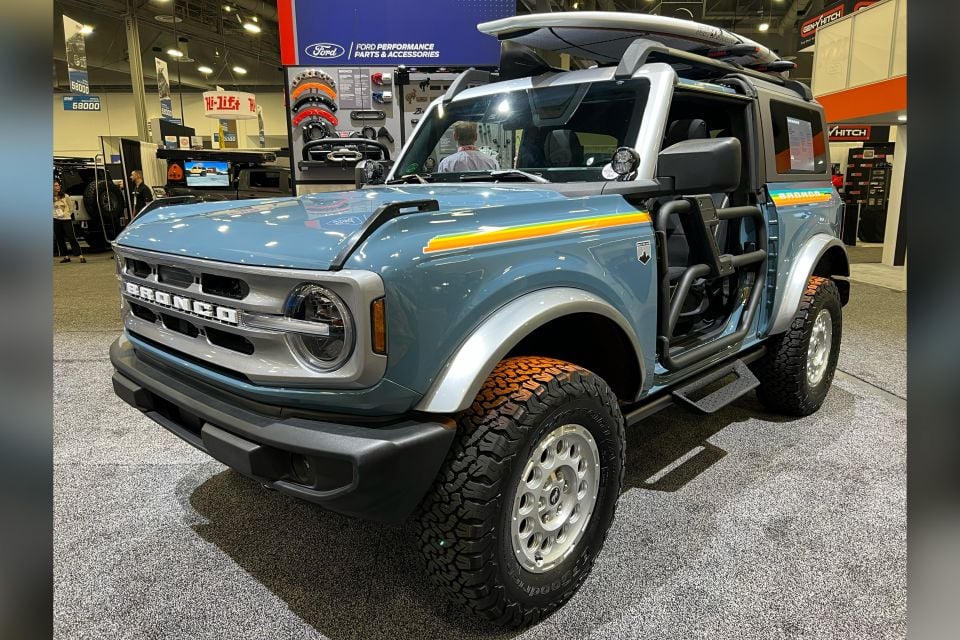
The Ford Bronco was first introduced back in 1966 to chase sales of the popular International Scout. Five generations of the Bronco were sold from 1966 to 1996 and after a 25-year gap, the sixth generation (current model) was introduced for MY21.
Unlike most of its predecessors though and just like its Ranger counterpart, the current Bronco sports a ladder-frame chassis but with fully independent front suspension. Unlike typical IFS vehicles though, Ford says the specially designed IFS configuration offers superior coil length and travel for improved off roading.
Similarly, gone are the larger capacity V8 engines and powering the current Bronco is either a turbocharged 2.3-litre four-cylinder engine or a twin-turbo 2.7-litre V6. No diesel is available at this stage.
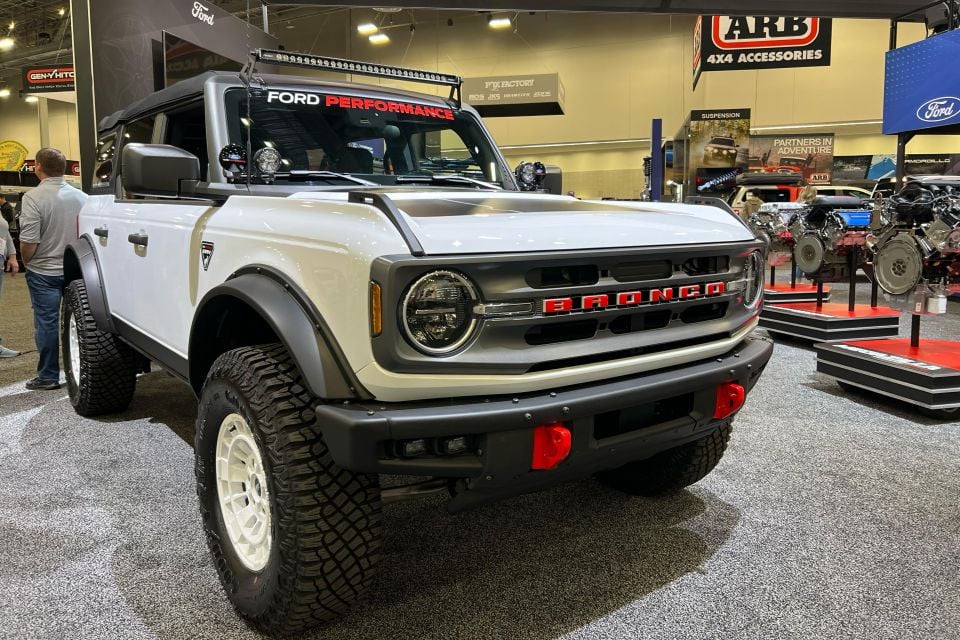
It’s a shame that the Bronco is not available in Australia and there may well be some other compliance issues lurking that negate the possibility. Otherwise, it would surely be a hit here just as the FJ Cruiser was.
Given the look, performance and available accessories, we would all love to see the Bronco here in dealerships, and while we won’t be holding our breath, there are a number of independent importers looking to bring in limited numbers and convert them locally to LHD.
Where expert car reviews meet expert car buying – CarExpert gives you trusted advice, personalised service and real savings on your next new car.


James Wong
5 Hours Ago
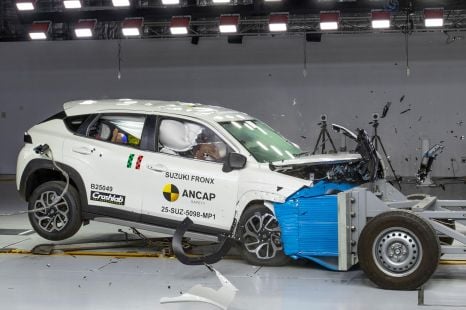

Damion Smy
14 Hours Ago
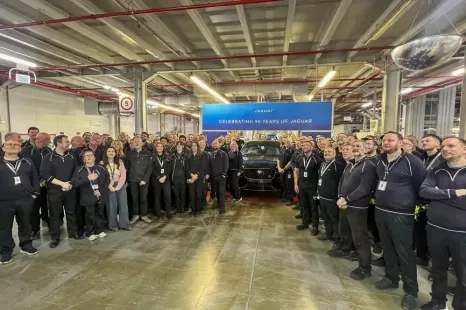

Damion Smy
17 Hours Ago
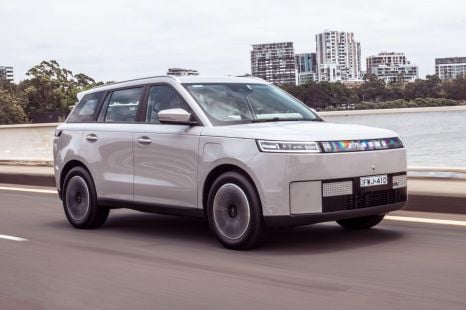

Josh Nevett
19 Hours Ago


Josh Nevett
19 Hours Ago
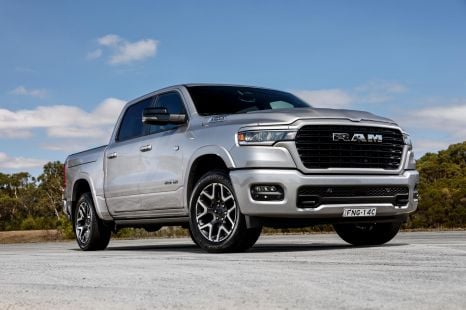

Damion Smy
20 Hours Ago